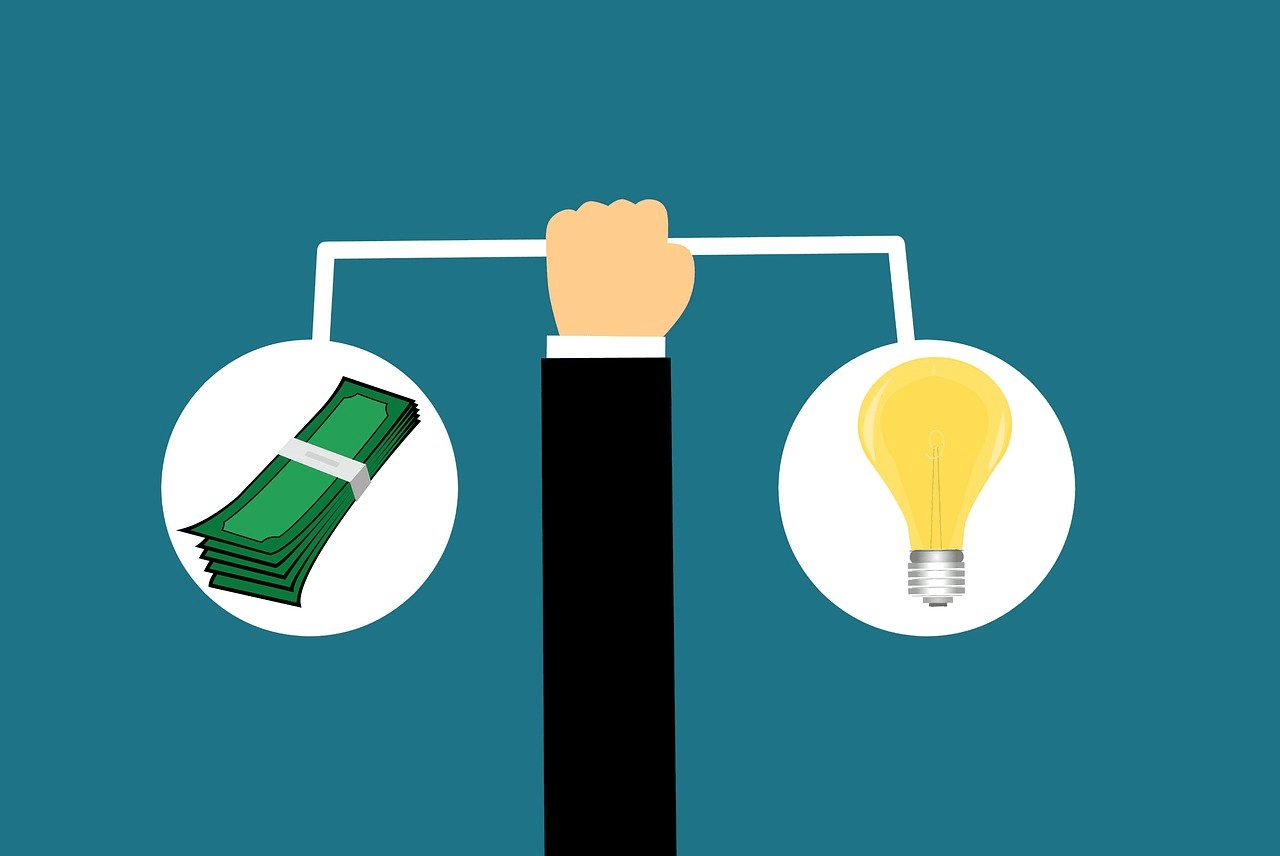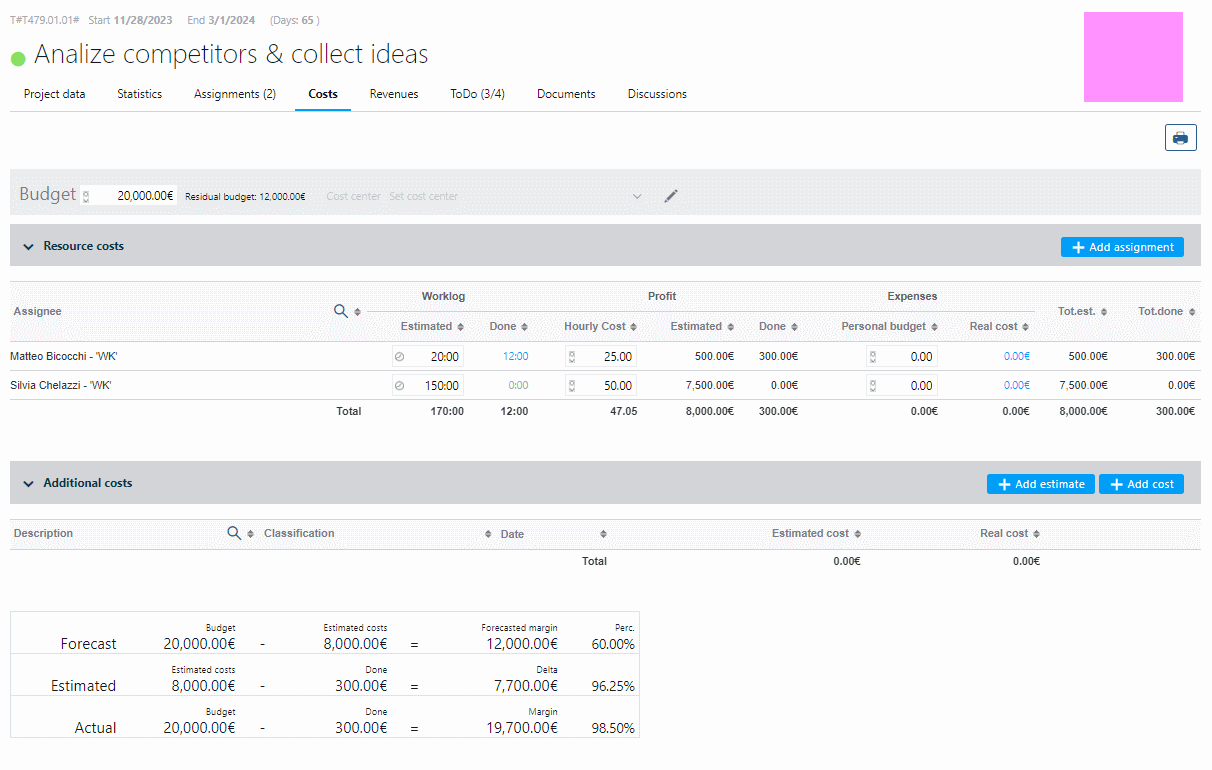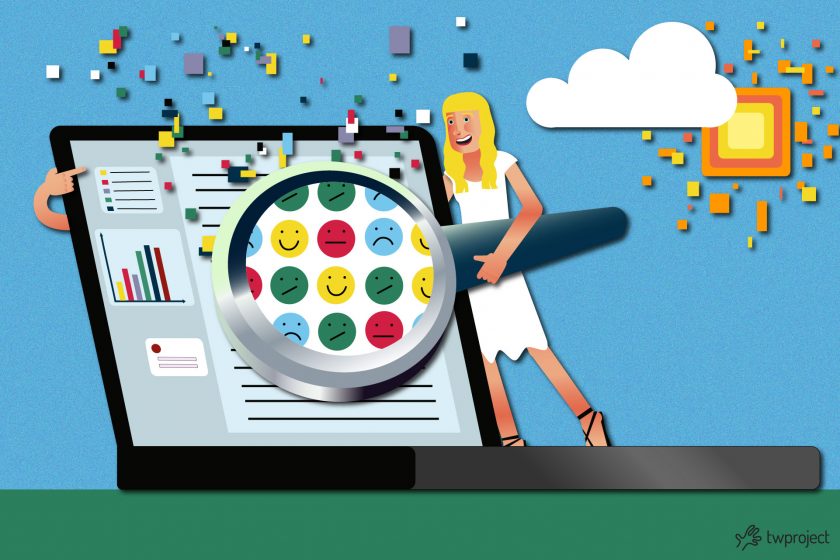Measuring costs and benefits of a project isn’t something that can be left to the feelings of the Project Manager. We are talking about the essence of the company’s business and therefore we need certain elements on which to make assessments.
When managing a project, in fact, you need to make many key decisions, taking into account all aspects, including potential costs.
CONTENT
- What is cost-benefit analysis?
- Cost-benefit analysis purpose
- How to use cost-benefit analysis
- 1) Brainstorming on benefits and costs
- 2) Give a financial value to the costs
- 3) Give a financial value to the advantages
- 4) Compare costs and benefits
- How to consider the cost-benefit analysis
- How accurate is cost-benefit analysis?
- Cost-benefit analysis reliability
There’s always something that needs to be done and often it is crucial to the success of the project and the organization itself.
Because of the high stakes, good managers do not only make decisions based on instinct, but prefer to minimize risk to the best of their ability and only act when there is more certainty than uncertainty.
But how is this possible with myriad variables and with an ever changing economy?
The solution is to seek concrete data with reporting tools, graphs and spreadsheets, even better with the help of project management software.
Thus, you can use this data to assess your decisions with a process called cost-benefit analysis (CBA).
A smart use of cost-benefit analysis will help minimize risk and maximize gains for both the project specifically and the organization in general. This method of evaluation is crucial for effective project management.
What is cost-benefit analysis?
Jules Dupuit, a French engineer and economist, introduced the concepts behind the cost-benefit analysis in the 1840s.
This method became very popular in the 1950s; a simple way to evaluate the costs and benefits of a project and, therefore, to determine whether to carry on (or not) with a project.
As the name suggests, cost-benefit analysis involves summing the benefits of a course of action and comparing them with the costs associated with it.
The results of the analysis are often expressed as a payback period, the time it takes for the benefits to pay off, also considering the discount rate.
Many people who use it, in fact, search for a payback within less than a specific period.
You can use this technique in a number of situations. For example, when you want to:
- Decide whether to hire new team members.
- Consider a new project or change initiative.
- Determine feasibility of a capital purchase.
The cost-benefit analysis for project management is an additional tool available that the project manager can make use of.
Cost-benefit analysis purpose
The purpose of the analysis is to have a methodical approach to understand the pros and cons of the various possible options for a project, including transactions, activities, business requirements and investments.
In short, the cost-benefit analysis offers options and the best approach to achieve the goal while saving on investment.
There are two main goals to be achieved with the use of this analysis:
- Determine whether the project is sound, justifiable and feasible, assessing whether its benefits outweigh its costs.
- Offer a base for comparison of projects by determining which benefits are greater than their costs.

How to use cost-benefit analysis
Here are the steps to perform a cost-benefit analysis.
1) Brainstorming on benefits and costs
Although there are some guidelines on how to draw up a project budget, it is always necessary to spend time thinking about all the costs associated with the project and make a list of them, including any unexpected costs (the ones you can think of).
Then, you will do the same for all the benefits of the project, including any potential unforeseen benefits.
2) Give a financial value to the costs
Costs include both the price of the required physical resources and the cost of manpower involved in all stages of a project.
Costs are often relatively easier to estimate than revenues.
It is important to think of as many related costs as possible. For example, how much will it cost to train team members?
Will there be a decrease in productivity while people are learning a new system or technology and how much will it cost?
Also, it is important to consider the costs that will continue to be incurred once the project is completed.

3) Give a financial value to the advantages
This step is less simple than the second one: first, it is often very difficult to accurately predict revenues, especially for new products.
Second, along with the expected financial benefits, there are often intangible benefits that are still important results of the project.
For example, what is the impact on the environment, employee satisfaction or health and safety? What is the financial value of this impact?
For example, is the preservation of an ancient monument worth $500,000 or is it worth $5,000,000 because of its historical significance? Or, what is the value of a stress-free trip to work in the morning?
In these cases, it is also important to discuss with other interested parties and decide how to assess these intangible elements.
4) Compare costs and benefits
The last step is to compare costs with benefits and use this analysis to decide what course of action to take.
For this, calculate the total costs and total benefits and compare the two values to determine whether the benefits exceed the costs.
At this point, it is important to consider the payback time of the investment, to find out how long it will take to reach the “break even point”, i.e. the time when the benefits will pay off the costs.
A simple example, considering a situation where the same benefits are collected in each period, is to calculate the payback period by dividing the total expected cost of the project by the total expected revenues. This way:
Total cost / total income (or benefits) = duration (depreciation period).
How to consider the cost-benefit analysis
The data collected is used to help determine whether the project will have a positive or negative consequence.
It is essential to keep the following aspects in mind when evaluating this information:
- What are the effects on users?
- What are the effects on non-users?
- Are there any external effects?
- Is there a social benefit?
It is also important to take into account the time-value of the money spent. This can be done by converting expected future costs and benefits into current rates.
Of course, there is a risk intrinsic to any business and the risk and uncertainty must always be considered.
This can be calculated with the theory of probability.
Uncertainty is different from risk, but can be assessed using a sensitivity analysis to show how the results meet parameter changes.
How accurate is cost-benefit analysis?
The short answer is that the analysis will be as accurate as the data entered in the process.
Some inaccuracies are caused by:
- Relying too much on data collected from past projects, especially when these differ in purpose, size, etc. from what you are working on
- Using subjective insights during evaluation
- Improper use of heuristics (problem solving that employs a practical method that is not guaranteed) to obtain the cost of the intangibles variables
- Confirmation bias or use only data that supports what you want to find
Generally speaking, a cost-benefit analysis is more suitable for small and medium-sized projects that do not take too long to be completed.
In these cases, the analysis can lead the people involved to make appropriate decisions.
For large projects that run for a long period of time, there may be a number of problematic external factors that need to be taken into account in a cost-benefit analysis, such as: inflation, interest rates, etc.,
There are other methods that complement the cost-benefit analysis in the evaluation of larger projects.
Overall, however, the use of this methodology is a crucial step in determining whether or not a project is worth pursuing.
Cost-benefit analysis reliability
The cost-benefit analysis also suffers from reliability when a project has cash flows that vary from period to period.
Furthermore, the revenue that will be generated by a project can be very difficult to predict and the value that people attribute to intangible benefits can be very subjective.
Also, the production of a cost-benefit analysis requires a thorough awareness of project risks.
The intangible benefits analyzed can easily be underestimated or overestimated.
The benefits might also not arise or the risk that the benefit will not be achieved is too high.
The risk has two main factors that compose it:
Risk = Probability x Gravity
Here the level of risk of an event is proportional to the probability of its occurrence and the level of risk of an event is proportional to the size of the impact it generates.
For example, the office in which the project team works could be destroyed by an aircraft (a “risk event”).
The probability is clearly very low, but the severity is very high.
However, for most people the low probability outweighs the high severity, which leads to the conclusion that this risk event is not worth creating a risk response plan.
Ultimately, cost-benefit analysis is a data-based process and must be tackled appropriately.
With the help of sufficiently robust project management software, it will be possible to collect, analyze and distribute information effectively, so that the greatest possible benefit can be gained from a cost-benefit analysis.



